Predictions for the 2020s

Happy New Year and welcome to a new decade, the 2020s!
Ten years ago (above), Bicycle Quarterly predicted that wide tires would become commonplace, that all-road bikes would replace racing bikes as the most popular genre, and that riders would soon venture off the beaten path and onto gravel. All that seemed unlikely in 2010, and we had to wait more than half-way through the decade for these predictions to become reality.
Now we’re heading into the 2020s, and I’m thinking about what the next 10 years will bring. As in 2010, I don’t claim to be able to see into the future; it’s just what makes sense…
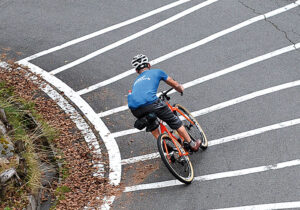
Wide Tires are here to stay
It’s not just their comfort and the ability to go on backroads and gravel – on pavement, wider tires offer more grip and more feedback. Bikes with wide tires are simply more fun.
There is a disadvantage, though – at least from the perspective of the industry: Wide tires last a lot longer, which will cut deep into tire sales!
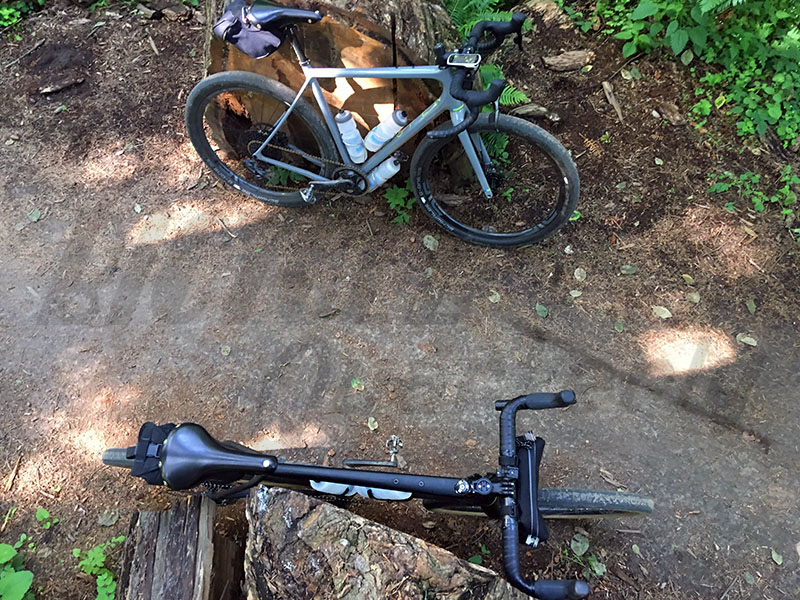
Gravel Bikes will be replaced by…
No doubt the bike industry is already looking for the ‘next big thing.’ Nobody knows yet what it’ll be. Maybe tall bikes? Unicycles? Whatever fad they’ll create, I am confident that it won’t replace the bikes we know and love. And yet, I predict that in ten years, we won’t talk about ‘gravel bikes’ any more.
The ‘gravel’ category straddles the border between road and mountain bikes. In the future, it’ll split more clearly into all-road bikes (nimble handling, road position and racing bike speed) and adventure bikes that are inspired by mountain bikes (tougher construction, more upright position, less emphasis on speed). Maybe the new slogan will be ‘Beyond Gravel!’
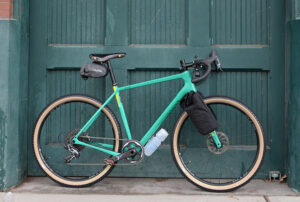
All-Road Bikes will move to 650B wheels
The massive stability of huge 700C wheels may make sense on 29er mountain bikes, but it’s not ideal for all-road bikes. Smaller wheels are the answer – the reduced weight and diameter of rims and tires restores the nimble handling riders love on their road bikes.
There’ll be continued resistance to 650B from some bike makers – I’m looking toward Wisconsin here – but the difficulty of fitting a wide 700C tire on a performance bike, especially on smaller frames, will win them over, too.
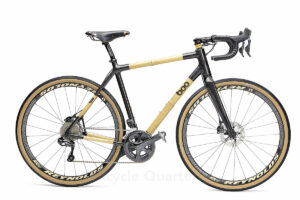
Road Bikes will have 38 mm tires
Tires on road bikes will keep getting wider, until 38 mm becomes the new standard. With carbon rims and 700C wheels, 38 mm tires have just the right amount of rotational inertia for stable, yet nimble handling. They allow riders to explore backroads and gravel, yet they still feel like road tires and don’t insulate the rider from the road surface like wider tires do. 38s have the feel of a road bike without the harshness: the perfect compromise!
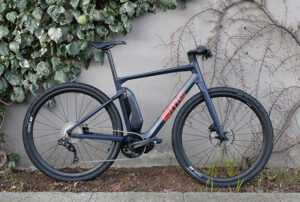
E-Bikes will become commonplace
In ten years, it’ll be normal for bikes to have an electric motor, not just for commuting, but also for recreational riding. Will pedaling unassisted become as quaint as navigating with a paper map instead of GPS? I don’t think so… There will always be riders who enjoy being one with their bikes, soaring on the climbs, and diving into the descents on a lightweight machine that is unencumbered by motors and batteries.
The good part of e-bikes is that this will make ‘commuter racing’ obsolete. Getting passed on a hill will just mean that the other guy has a fresher battery, not that he’s stronger or better in some way. (Somehow, most ‘competitive commuters’ are men.) It’ll also mean we’ll have to rethink our cycling infrastructure, which is designed for speeds of 5 mph. And that’ll benefit all of us.
The bad part is mostly aesthetic: Bikes won’t look the same. As long as the power available is limited to what we have in our legs, bikes must be efficient to move at reasonable speeds, and that gives them a form-follows-function beauty. Once there is ample (electric) power, anything goes. It’s hard for me to predict what direction bikes will take, but I don’t look forward to this.
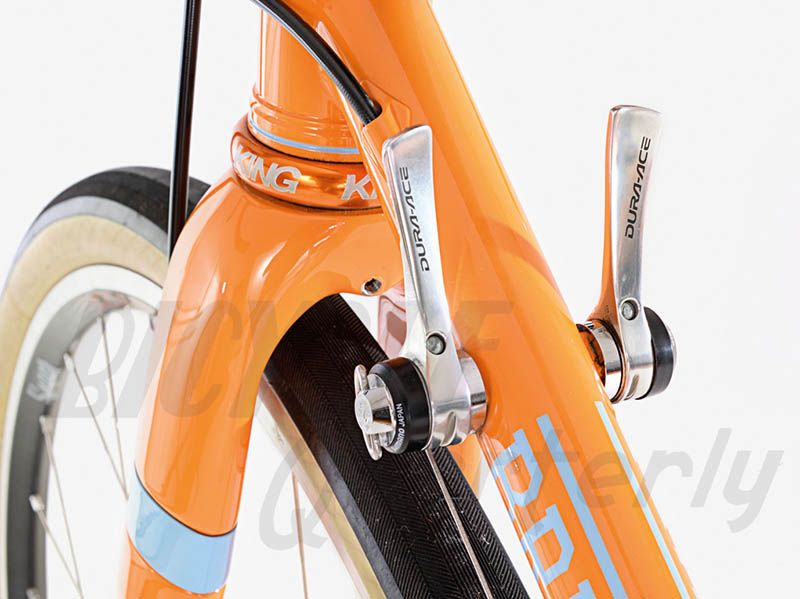
STI/Ergo/DoubleTap will become obsolete
Mechanical brifters don’t make much sense any longer: The levers are hard to push, especially for riders with small hands. The many small parts in the levers wear out quickly, especially if you’re a racer who is used to rapid shifts. Electronic shifting already is more reliable and easier to use. Soon it’ll be cheaper, too. Plus, it automatically trims the front derailleur…
For those who prefer more involvement in the workings of their bikes, downtube shifters will make a comeback. There is a joy to feeling the chain move as you pull on a lever, and getting a shift just right is very satisfying. Just like sports car makers are re-introducing mechanical gearboxes, bike component makers will bring back downtube shifters and even a friction option. (Hopefully!)
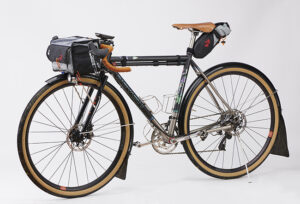
Fenders will make a breakthrough
After decades of false starts, fenders will finally become an option on many production bikes. At this time of year in Seattle, it’s not necessary to talk about why we need this. The industry finally is realizing that their best customers ride year-round, and fender-ability will become a sales point.
Many modern carbon forks already have eyelets under the crown and near the dropouts. Let’s hope that they are getting it right: not just eyelets, but also bridges that are placed at the same distance above the tire. It’ll be a learning curve until we get fenders that are light and offer good coverage and don’t resonate on rough roads (or even come unclipped like a certain carbon fork maker’s fenders)… but a decade is a long time, and the industry will get it right eventually.
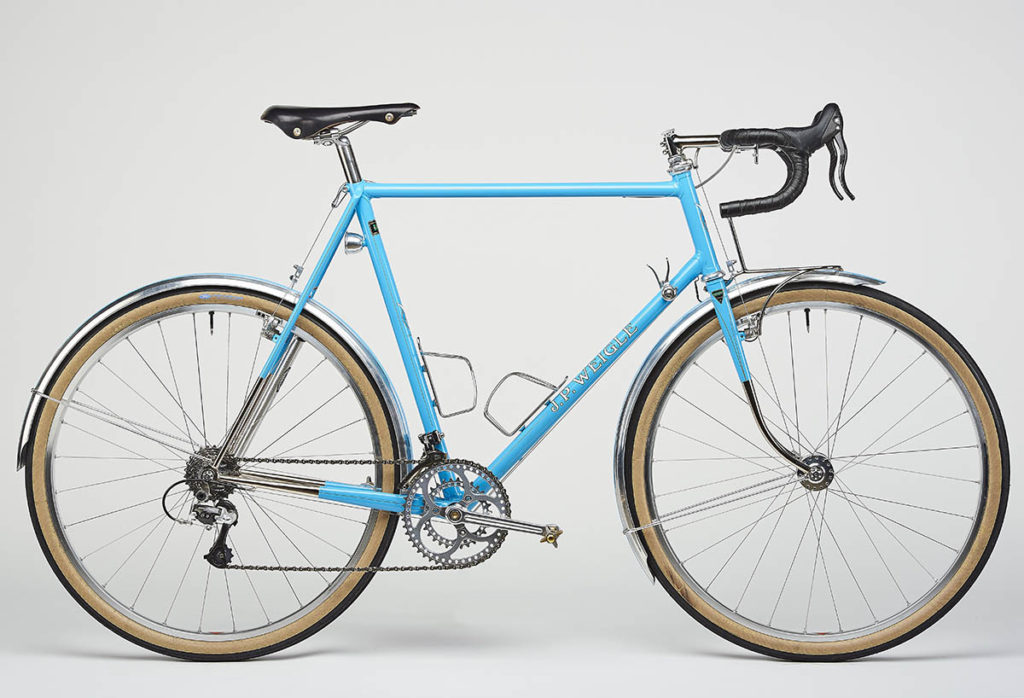
Silver Components will become popular again
Already, tanwall tires have become fashionable. Silver components will be next, at least for anything that’s made from metal. This trend is already official: Salsa recently introduced silver handlebars…
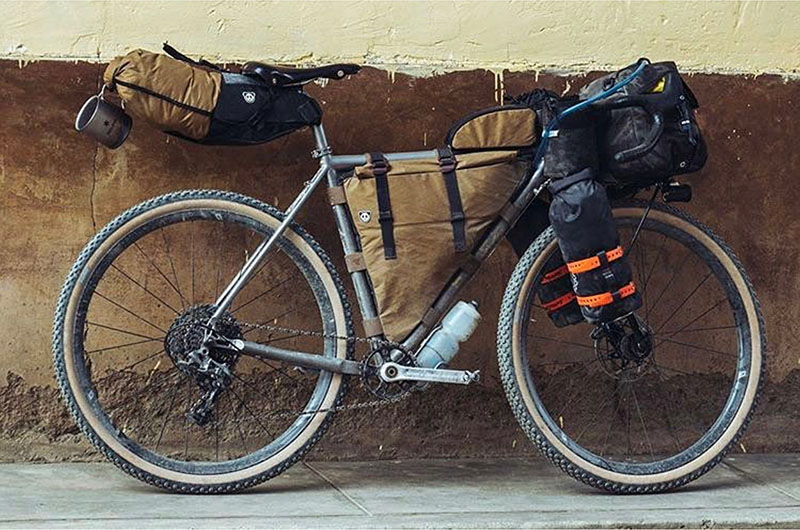
Bikes will become more individualized
Way back in the 80s, every ‘respectable’ bike used a Columbus SL frameset and Campy Record components. These days, unless you’re racing or riding in timed events (where one solution tends to work better than others), you’ve got almost infinite choices. How you carry your luggage and water bottles; whether you run a One-By or a compact double (I don’t predict a comeback for triples!); knobby or smooth tires – all those things are governed as much by your sense of style as by the practicalities of where you ride. It’s your bike and your ride, and the industry is finally ready to acknowledge that!
Those are just a few things that I see down the road – but it’s also possible that things turn out quite differently. What are your predictions for the cycling world in the 2020s?
Photo credits: Ryan Hamilton (Photo 1), Natsuko Hirose (Photo 2), Nicolas Joly (Photo 8), Donalrey Nieva (Photo 9).


